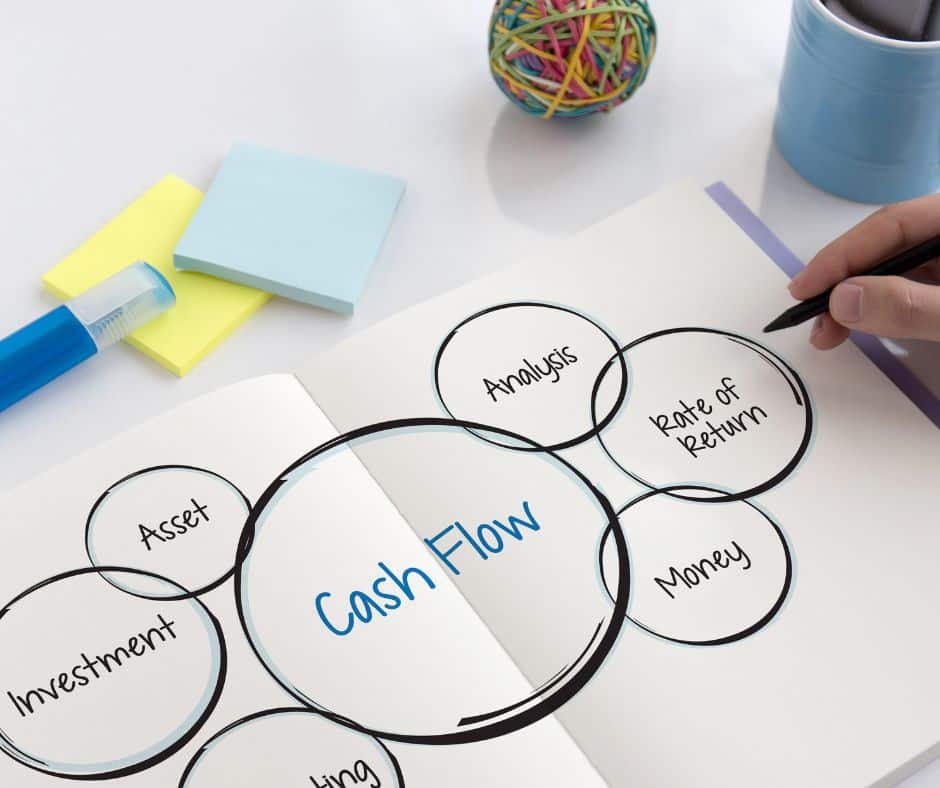Cash flow is the lifeblood of any business. Without a clear picture of your financial future, even the most profitable businesses can face challenges. That’s where cash flow forecasting comes in. By anticipating inflows and outflows, you can make smarter decisions, avoid financial stress, and position your business for success.
Here’s how to approach cash flow forecasting, with practical examples to guide you:
1. Understand the Purpose of Cash Flow Forecasting
 Cash flow forecasting helps you:
Cash flow forecasting helps you:
- Predict periods of surplus or shortfall.
- Make informed decisions about spending, saving, or investing.
- Prepare for opportunities or challenges, like expansion or seasonal slowdowns.
2. Gather Your Data
Start with accurate and comprehensive financial data:
- Historical cash flow records: Review the past 12 months to identify trends.
- Sales forecasts: Use realistic sales projections to estimate future revenue.
- Planned expenses: Include fixed costs (e.g., rent, salaries) and variable costs (e.g., inventory, marketing).
3. Choose a Forecasting Method
There are two main approaches to cash flow forecasting:
- Direct method: Ideal for short-term forecasts, focusing on detailed inflows and outflows. Example:
- Income: $10,000 from sales expected this month.
- Expenses: $3,000 for rent, $2,000 for wages, and $1,000 for marketing.
- Net cash flow: $4,000 surplus.
- Indirect method: Best for long-term forecasts, starting with net income and adjusting for non-cash items like depreciation.
